The turbineless design uses electroaerodynamic propulsion to fly and could herald the arrival of quieter, lower-emission aircraft.
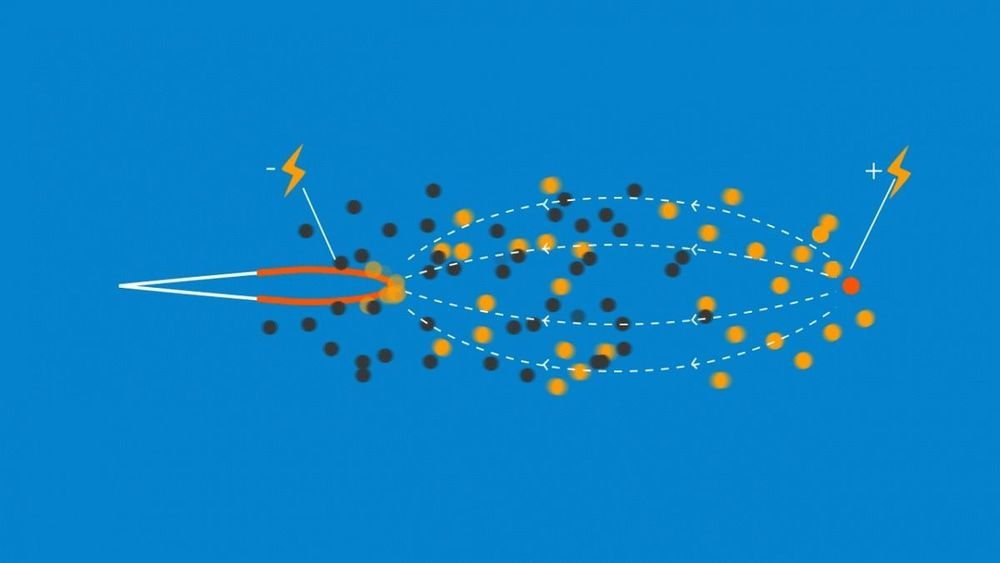

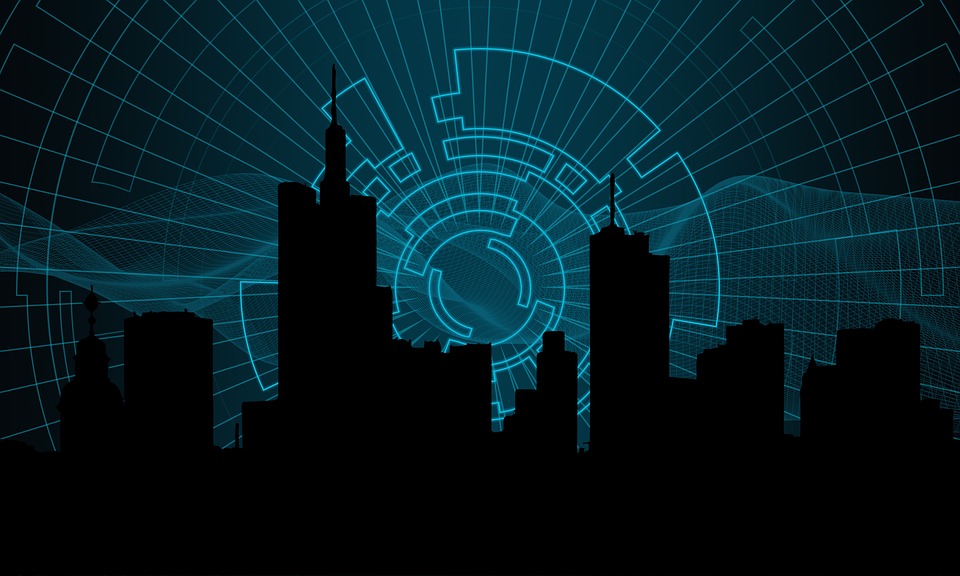
The city of the future is a symbol of progress. The sci-fi vision of the future city with sleek skyscrapers and flying cars, however, has given way to a more plausible, human, practical, and green vision of tomorrow’s smart city. Whilst smart city visions differ, at their heart is the notion that in the coming decades, the planet’s most heavily concentrated populations will occupy city environments where a digital blanket of sensors, devices and cloud connected data is being weaved together to build and enhance the city living experience for all. In this context, smart architecture must encompass all the key elements of what enable city ecosystems to function effectively. This encompasses everything from the design of infrastructure, workspaces, leisure, retail, and domestic homes to traffic control, environmental protection, and the management of energy, sanitation, healthcare, security, and a building’s eco-footprint.
The world’s premier cities and architects are competing to design and build highly interconnected smart environments where people, government and business operate in symbiosis with spectacular exponentially improving technologies such as big data, the Internet of Things (IoT), cloud computing, hyperconnectivity, artificial intelligence (AI), robots, drones, autonomous green vehicles, 3D/4D printing, smart materials, and renewable energy. The architectural promise of future smart cities is to harmonize the benefits of these key disruptive technologies for society and provide a high quality of life by design. Some have already implemented smart city architecture and, as the concepts, experiences and success stories spread, the pursuit of smart will become a key driver in the evolving future of cities as communities and economic centres. Here we explore some of the critical trends, visions, ideas, and disruptions shaping the rise of smart cities and smart architecture.
Smart Cities – Purpose, Engagement and Vision
The evidence to date from smart city and smart architecture initiatives around the world is that the best results come when we have a clear sense of what the end goal is. However, in a fast-changing world, it can be hard to develop a clear future vision and strategy when stakeholder goals are not aligned, where every sector is being disrupted and all our planning assumptions are being challenged. A city vision might take 5–15 years to roll out – for many businesses and individuals it is almost impossible to think about their needs 24 months from now. However, the challenge must be overcome and City governments have to work together with architects to create inclusive processes that inform citizens about the forces shaping the future and the possibilities on the horizon, and then engage the population in dialogue concerning the kind of future city we want to create. We have to explore what a liveable city means to its people and be clear on how we will design and build the structures to support that vision. Alongside this we need to articulate a clear vision and direction around education, environment, public services, access to justice, city administration, and civic engagement. These pillars then provide the guiding requirements which will in turn influence the design of the physical, digital and human elements of the infrastructure and building architectures that enable a smart city.
Big Data: Smart Architecture to Power a City
Smart cities are designed to inform decisions by capturing massive amounts of data about the population and its patterns, such as water use and traffic flows. This information gathering results in big data, which is essentially gathered via different forms of surveillance. The ease and affordability of cameras, sensors, AI and advanced analytics in the future will mean this data gathering function may become completely automated. Indeed, the data will be collated from a constantly evolving and expanding IoT, encompassing traffic lights and cameras, pollution sensors, building control systems, and personal devices – all literally feeding giant data stores held in the cloud. The ability to crunch all this data is becoming easier due to rampant growth in the use of devices, algorithms, AI, and predictive software that all run on networks of high performance computing and storage devices.
Singapore is a leading example of a smart city, and is constantly evolving its “city brain,” a backbone of technologies used to help control pollution, monitor traffic, allocate parking, communicate with citizens, and even issue traffic fines. Singapore’s “brain” is also attempting to modify human behaviour. For example, one system rewards drivers for using recommended mapped routes, and punishes those who do not. Now imagine expanding this use of big data into human foot traffic around and within the very buildings of a city. For years now, companies like Pavegen and Veranu have been developing flooring that harvests the energy of walking and converts it into electricity. By analysing foot traffic patterns, smart architects may actually design entire buildings powered solely by their inhabitants’ movements.
Internet of Things: Redesigning Spaces
Smart cities rely on advanced technology to make sense of massive arrays of data. Indeed, the amount of information on the internet is expected to grow exponentially as a result of the IoT. Essentially IoT means that everything (“things”) – and potentially everyone – will be networked beacons and data collection devices, gathering data on ambient and behavioural patterns from our surroundings – feeding this information to the city brain in the cloud. Hence, after data, the IoT is the second driving force behind the rise of smart infrastructure: For everything from air conditioning to parking meters to function effectively and seamlessly in a smart city, the use of microphones, sensors, voice recognition, and all sorts of other high-tech gadgetry must be hooked up to the IoT.
Architects and planners are already beginning to explore the possibilities – indeed, technology players like IBM, Hitachi and Cisco are all betting big on IoT-enabled smart buildings. Exhaustive monitoring of internal building conditions offers the potential to provide future occupants with seamlessly and continuously optimised living conditions while reducing energy and space wastage. Today’s smart sensors can recognise occupancy patterns and movement to switch on air conditioning or lights for a person before they even enter a room, and shut off these systems as they exit. The more we know about the specific individuals, the more we can tailor those setting to their personal preferences.
In the near future, buildings will potentially be built on a smart IoT grid that monitors, controls and automates smart lighting and intuitive HVAC to create the perfect environment while drastically decreasing energy wastage. Furthermore, IoT devices combined with big data analysis may help architects redesign and readapt buildings to minimise energy wastage, and maximise space usage — both shrinking resources in our every growing cities. Single use facilities like meeting rooms – traditionally unused for periods of time – may be redesigned as multipurpose spaces that support a whole host of day-to-day business activities based on analyses of data gathered via IoT. Indeed, a smart building may even take on the management of meeting rooms to sell vacant space to third party users on a per minute basis.
Sustainability: Smart Building Materials
Finally, from architectural design perspective, all this data and awareness will enable decisions that make the best possible use of all material resources with an emphasis on sustainability. This is a very logical outcome and benefit of the merging of big data, AI and IoT which is feeding into the rise of smart architecture.
Given that the UK has recently broken energy use records with solar meeting almost a quarter of energy demands, there is significant potential for the sun to become a mainstream power source in current and future building designs. There is also a new scientific forecasting tool to predict solar weather, which will make the rollout of solar on buildings (and in homes) a more feasible option. Eventually, with a growing array of such distributed power solutions, a centralized energy distribution grid for homes and businesses may not be necessary.
Additionally, the exponential growth in and reduced cost of solar technology may lead to entire cities designed to generate their own electricity. Rather than glass windows, skyscrapers could be covered in transparent solar panels that, through IoT monitoring, turn slightly opaque as the sun moves over them throughout the day, allowing the darker panels to not only gather more energy, but also shade the building’s inhabitants and decrease cooling costs. Researchers at RMIT University in Australia are currently working on a solar paint that absorbs moisture from the air and turns it into hydrogen fuel, one of the cleanest sources of energy available. Soon, architects may begin designing buildings based around maximising the benefits of these next generation ‘smart’ materials.
Cities Get Smart
The smart city movement has the potential to transform the organisation of people, materials, and physical objects in a way that transcends urban development as we know it. The shift to smart architecture is not simply fashionable or aspirational; in many ways, it appears to be a critical enabler of the future sustainability of cities. It can be argued that the future of human life on the planet rests on a smooth transition to cities that are more efficient, less wasteful, and more conscious of the impacts of the individual upon the greater good.
It is now possible to create and deliver a city vision with citizens at its heart and that is enabled by forward thinking infrastructure coupled with judicious use of enabling technologies. A well thought through vision, enabled by robust and well-executed smart architecture, could provide a foundation stone for the next stage of our development, where science and technology are genuinely harnessed in service of creating a very human future.
About the authors:
The authors are futurists with Fast Future who specialise in studying and advising on the impacts of emerging change. Fast Future also publishes books from future thinkers around the world exploring how developments such as AI, robotics and disruptive thinking could impact individuals, society and business and create new trillion-dollar sectors. Fast Future has a particular focus on ensuring these advances are harnessed to unleash individual potential and enable a very human future. See: www.fastfuture.com
Rohit Talwar is a global futurist, keynote speaker, author, and CEO of Fast Future where he helps clients develop and deliver transformative visions of the future. He is the editor and contributing author for The Future of Business, editor of Technology vs. Humanity, and co-editor of a forthcoming book on Unleashing Human Potential–The Future of AI in Business.
Steve Wells is the COO of Fast Future and an experienced Strategist, Futures Analyst, and Partnership Working Practitioner. He is a co-editor of The Future of Business, Technology vs. Humanity, and a forthcoming book on Unleashing Human Potential–The Future of AI in Business.
April Koury is a foresight researcher, writer, and publishing director at Fast Future. She is a contributor to The Future of Business, and a co-editor of Technology vs. Humanity, and a forthcoming book on 50:50–Scenarios for the Next 50 Years.
Alexandra Whittington is a futurist, writer, faculty member on the Futures programme at the University of Houston, and foresight director at Fast Future. She is a contributor to The Future of Business and a co-editor for forthcoming books on Unleashing Human Potential–The Future of AI in Business and 50:50–Scenarios for the Next 50 Years.
Maria Romero is a futurist and foresight researcher with Fast Future. A recent graduate from the University of Houston Master in Foresight, Maria has worked on projects for consultants, NGOs, for-profit organisations, and government clients. She is currently working on a study of AI in business.

Livingston is sitting comfortably in his office in Portland, Oregon, when he appears on the screens inside the car and announces he’ll be our teleoperator this afternoon. A moment later, the MKZ pulls into traffic, responding not to the man in the driver’s seat, but to Livingston, who’s sitting in front of a bank of screens displaying feeds from the four cameras on the car’s roof, working the kind of steering wheel and pedals serious players use for games like Forza Motorsport. Livingston is a software engineer for Designated Driver, a new company that’s getting into teleoperations, the official name for remotely controlling self- driving vehicles.
Designated Driver is just the latest competitor to enter the market for the teleoperation tech that will make robo-cars work.
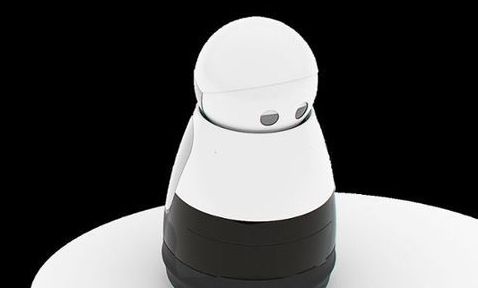
It is our common responsibility and interest to disseminate openly and honestly not only our success but also our failures. Together, we can realize our dreams for numerous robotic applications and devise a realistic plan to develop them.
The problem, as Giulio Sandini put it, occurs when one sells (or buys) intentions as results. Overselling is a dangerous strategy that can be counterproductive, even for the whole robotics community. Both companies and researchers publish videos of robots doing tasks, but sometimes they fail to point out the limitations of the technology or that those results were achieved in lab conditions. This makes it much more difficult to explain to non-roboticist industry executives the difference between creating a one-off demo and creating a real product that works reliably.
Deep learning, for example, is at the forefront of the AI revolution, but it is too often viewed as the magic train carrying us into the world of technological wonders. AI researchers are warning about overexcitement and that the next AI winter is coming.
The first cracks are already visible, as is the case of the promises claimed for self-driving cars. Rodney Brooks, founder of Rethink Robotics, regularly writes relevant essays on this topic on his blog. Robot ethics professor Noel Sharkey wrote an article in Forbes titled “Mama Mia It’s Sophia: A Show Robot or Dangerous Platform to Mislead?” Tony Belpaeme, a social robot researcher from the University of Ghent, replied with a tweet, “I had [a European Union] project reviewer express disappointment in our slow research progress, as the Sophia bot clearly showed that the technical challenges we were still struggling with were solved.”
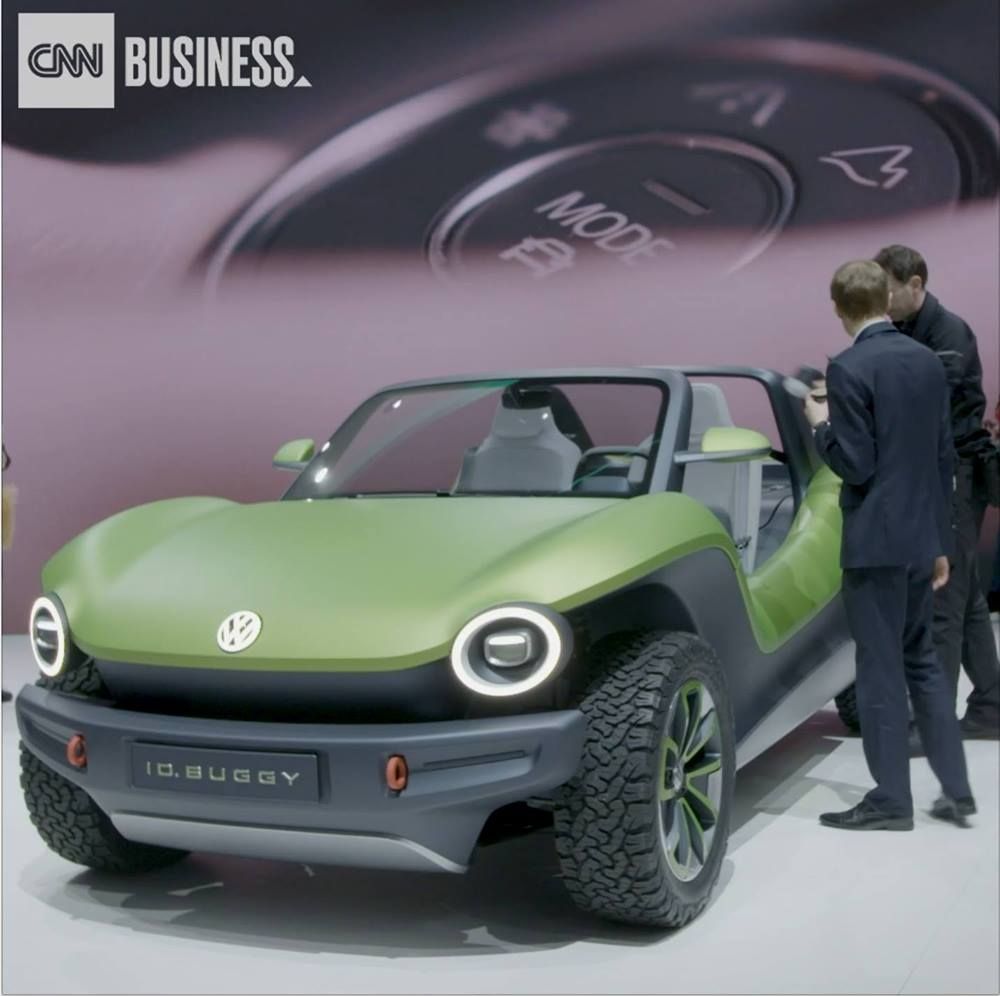
Volkswagen’s iconic dune buggy could be making a comeback, only this time it’s electric. The ID Buggy concept car has no doors, no side or back windows and only fittings for a simple cloth roof. https://cnn.it/2TCLyBL
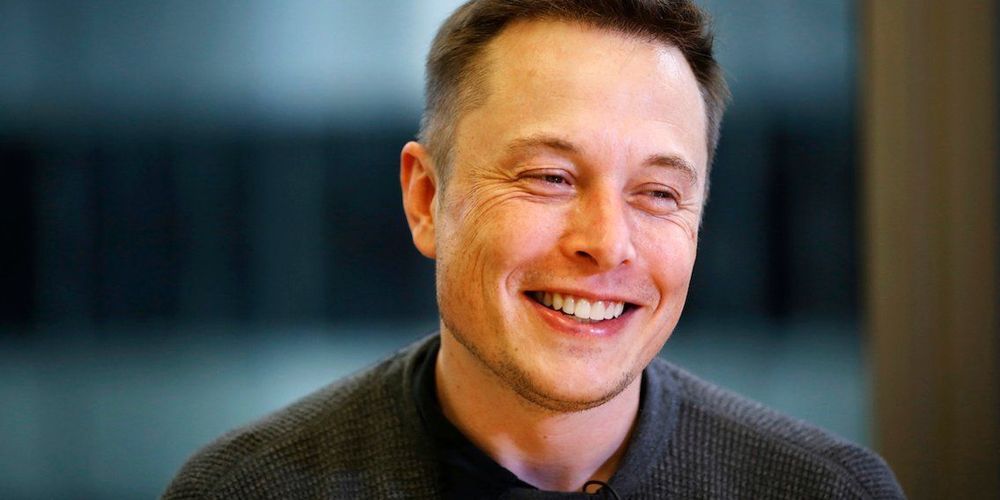


First, there came self-checkout.
Now, it’s self-driving cars to make the delivery.
Two Kroger markets in Houston are rolling out a self-driving car program, in which orders can be placed online and delivered right to your home without a driver.
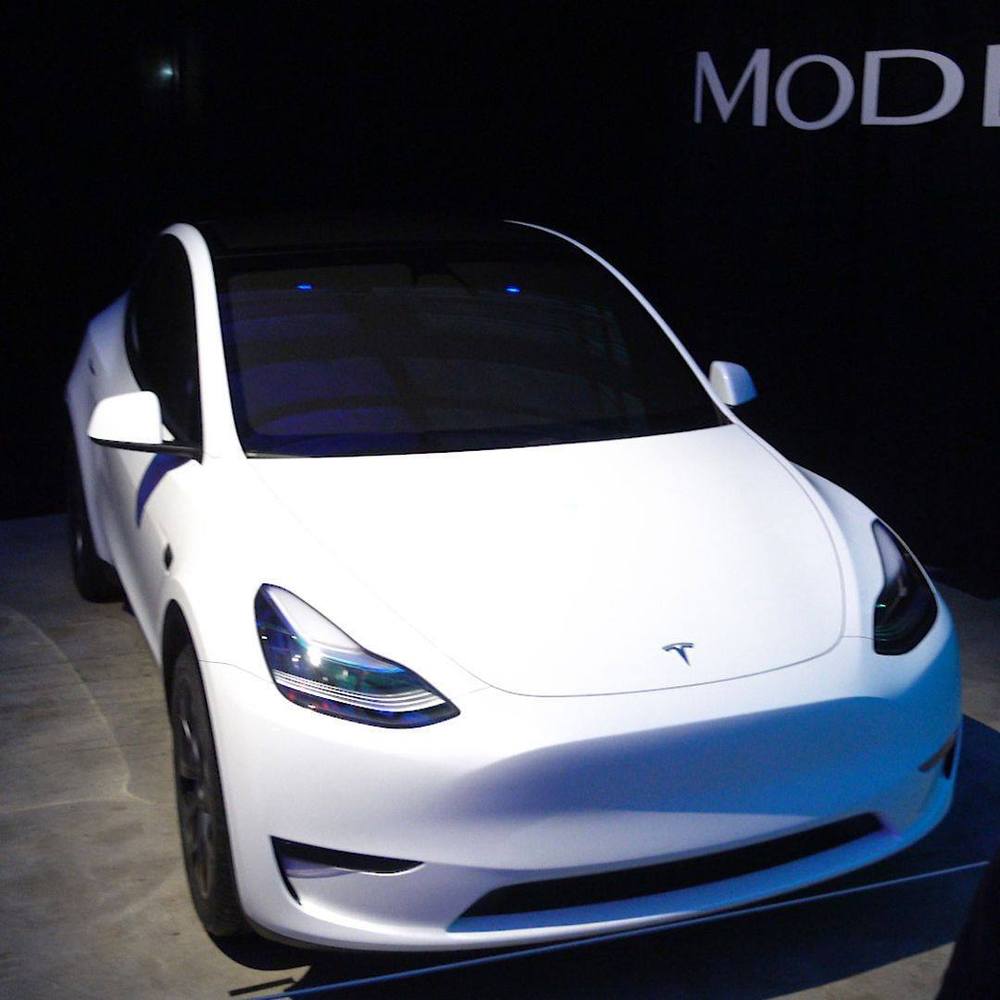

Goodyear has unveiled a new concept tire that would work as both a propeller for a flying car, and a regular tire https://cnn.it/2F6KBse